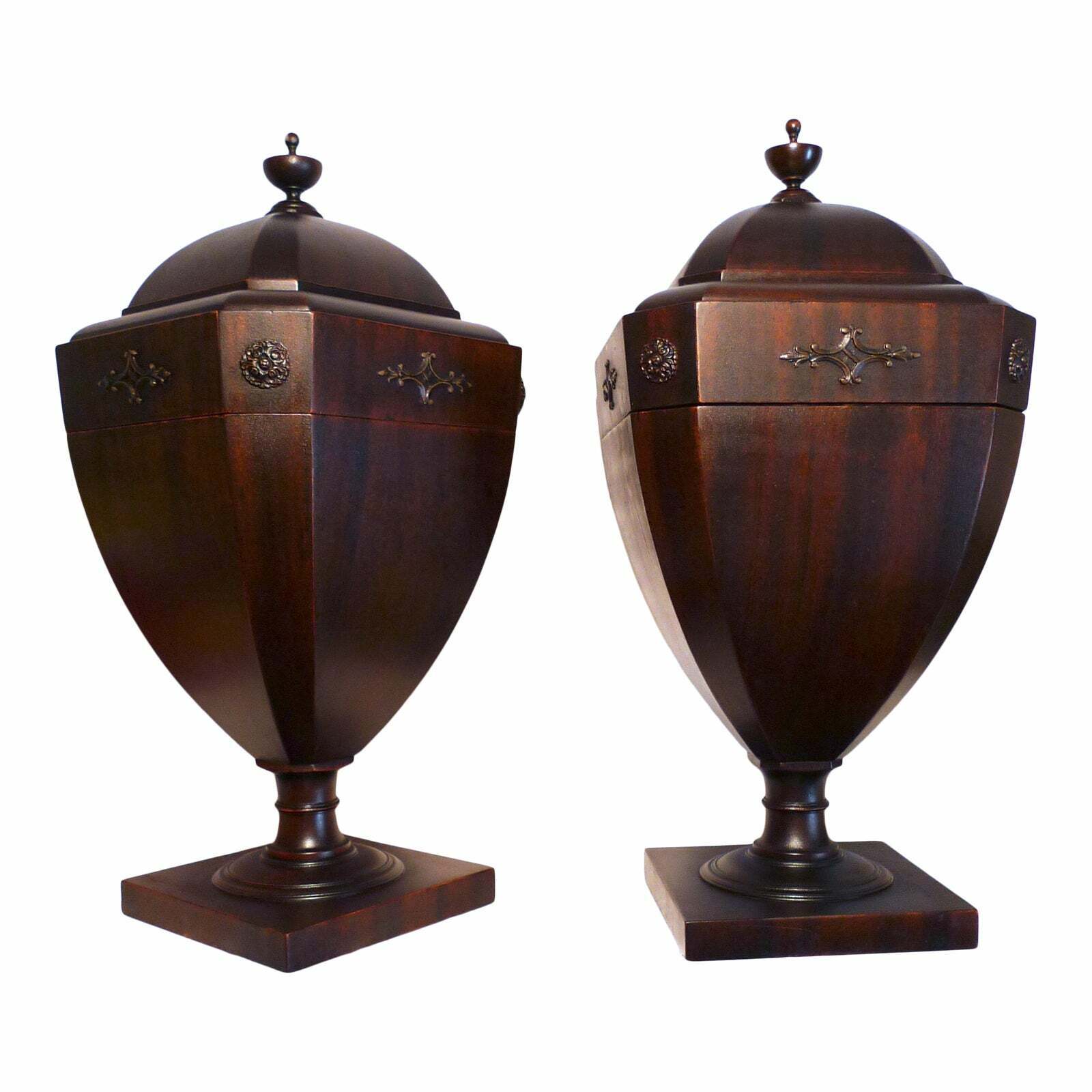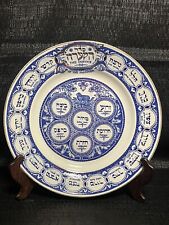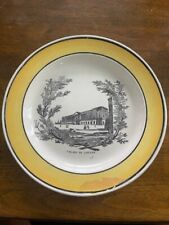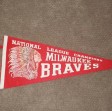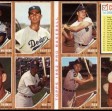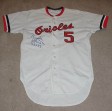When you click on links to various merchants on this site and make a purchase, this can result in this site earning a commission. Affiliate programs and affiliations include, but are not limited to, the eBay Partner Network.
Offered is a fine pair of Regency-style Mahogany Cutlery Urns.
Origin: Great Britain or USA.
Period: Mid 19th century.
Description: The pieces feature figured veneers, telescoping dome lids with turned urn finials, retain original fitted interiors, rest on square bases, underside of each piece marked \"795.$\".
Each measures: 23 H x 11 W x 11 D inches.
About this item: Knife boxes would only have existed in the upper echelons of society in late 18th and early 19th centuries. There were two forms of knife or cutlery boxes made to designs by Adam, Hepplewhite, Sheraton and others. The urn-shaped box with a lift up lid is much rarer, as these pieces are fitted. The more common form is a sloping mahogany box, serpentine shaped in front, with divisions for holding cutlery.The interior of knife boxes generally adhered to a typical way of being configured and displayed. The spoons were kept turn upwards, whereas knives and forks had their handles displayed up. Knives and forks were also generally kept pointed down because of how sharp they were. Knife boxes were also distinguished by having larger knife boxes for dinner utensils and a smaller one for desert utensils.Knife boxes gained more popularity in the eighteenth century because many Americans were experiencing an increase in comfort and wealth. In order to display this wealth, Americans participated in elaborate dining and showcased their expensive goods such as silverware and furniture. Knife boxes were often left open when guests visited to display the silverware’s handles which could be made out of precious materials as mentioned previously since, with the exception of spoons, silverware was stored handles up.George Hepplewhite in his 1788 design book, The Cabinetmaker and Upholsters Guide, suggested that knife boxes should be placed on pedestals or on the sideboard, a piece of furniture that he considered necessary for any dining room. Knife boxes were in some capacity used in drawing rooms and entryways. Unfortunately, there are too few examples to conclusively state that knife boxes were often used in parlors and entryways or if they were used in the same way as when used in the dining room, however the fact that knife boxes appear in parlors and entryways in paintings suggest that it was at least fairly common.Although popular during the early nineteenth century, knife boxes were barely used in the twentieth century because they would not have been suitable for the twentieth century dining room. Though the status of the dining room, silverware, and formal dining have declined, these pieces uniquely offer a rare opportunity to combine function and aesthetic. History has long celebrated the power of pairs, made better by the presence of the other. These pieces offer an unexpected and powerful mirrored effect.


